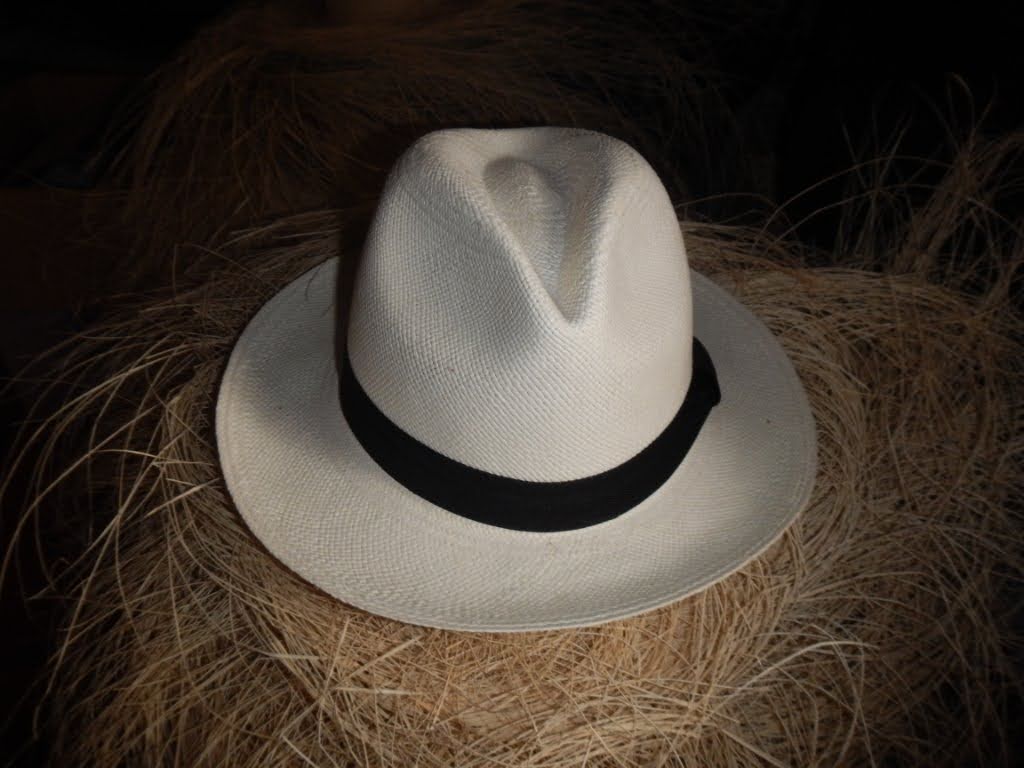
Panama hats are uniquely Ecuadorean,despite their curious misnomer.
The term “Panama hat” has been in use since at least the 1830s,and came about because the hats were often sold in trading posts on the Isthmus of Panama, which was a shipping crossroads long before the canal was built. During the construction period of the Panama canal , the workers had sought protection from the sun and the best help was a lightweight, breathable, durable and protective sun hat,made for the Ecuadorians workers. As there were a lot of hats these people did a rapprochement between hats and channel where the name”Panama” to describe the toquilla straw hats.
Panama hats became even more firmly fixed in the popular imagination after the Paris Exposition in 1855, when a Frenchman who had been living in Panama presented Napoleon III with a finely woven hat. His Highness loved the hat and wore it everywhere.
Then,as now, celebrities set the tone in the fashion stakes,and nobody was more A-list than the Emperor of France.
Silky fine Panama hats for spring and summer became de rigueur among the rich and famous.
King Edward VII is said to have instructed his hatter to spare no expense but get him the finest Panama available. Fabulous sums were paid by him and others for the best hats.
These days,the overwhelming majority of Panama hats are woven in Cuenca,an attractive town in the Andes whose residents,prompted by the local government, turned to hat weaving in the mid 1800s, once Panama hats became popular.
Panama hats are woven from the fibers of the toquilla palm (Carludovica palmata) grown in the damp coastal areas of Ecuador.Fiber of their stems cut and after a long process is ready to weave hats. The fineness of the hat is measured in degrees; greater fineness greater is the degree and increased commercial value. The Ecuador specializes in producing fine varieties of hats that meet high standards and demands of consumers worldwide.
The knowledge and skills needed to weave Panama hats are passed down from one generation to the next. This skill provides hat-producing communities in Ecuador with a valuable income source as well as being a great sense of pride and cultural identity.
The toquilla straw hat weaving,a true work of art,was declared Intangible Cultural Heritage 31 of the Humanity,by UNESCO,on December 5,2012.
Maria Koliou
